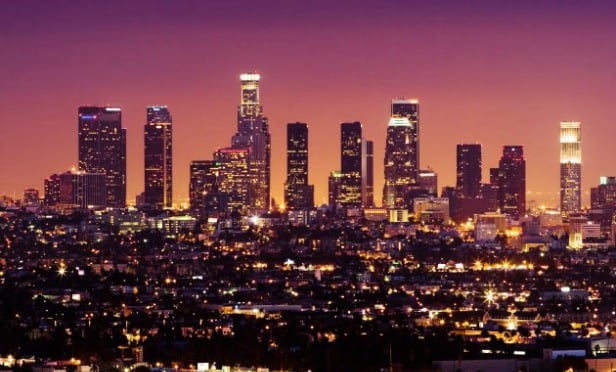Co-working operators are driving absorption of large blocks of space in Los Angeles. In the first quarter, flexible space providers were responsible for the largest leases, with WeWork alone signed 319,000 square feet of space in new submarkets in Greater Los Angeles, according to research from JLL. Office absorption totaled 600,873 square feet in the first quarter, meaning that more than half of the total absorption came from WeWork leases. This leasing activity is a reflection of the strong demand for flexible space options.
“Co-working operators have taken up very traditional space and converted it into creative space. That takes away from more traditional firms and professional services firms,” Mike McRoskey, managing director at JLL, tells GlobeSt.com. “Co-working is really catering to the tech, media and entertainment companies and other companies that need more flexible space options.”
Co-working operators are spreading out in the city, no longer only in the creative hubs on the Westside. Now, these companies are establishing a presence in all office markets and serving a wider variety of users. “Santa Monica has been the typical market for co-working operators,” says McRoskey. “Activity is happening in the Howard Hughes Center, Playa Vista and Beverly Hills, where WeWork just took 60,000 square feet at Wilshire and Santa Monica Blvd. That will be a very interesting space for media and entertainment companies that are gravitating toward Beverly Hills.”
In addition to Beverly Hills, WeWork also signed leases in the Historic Core and the Arts District during the first quarter. “Co-working has also been very popular in the Downtown market, and a lot of the tenants that are going downtown are gravitating toward the co-working space rather than traditional office space,” adds McRoskey.
While co-working is expanding in Downtown Los Angeles, the surrounding office market not see the same impacted as the Westside because there is a larger availability of space. “The Westside market is a different market than the Downtown market. Downtown has remained soft and fairly flat for the last several years. It is certainly less expensive than the Westside,” says McRoskey.
The strong demand for flexible options is only growing, and these users will likely continue to drive absorption this year. “The demand is really strong, and it is coming from the top five to top 10 media, entertainment and tech tenants,” says McRoskey. “We will continue to see this market grow. It is interesting to see how quickly a lot of these media and entertainment tenants have jumped in to take this space. It has become a quick solution without having to make a long-term commitment.”
© Touchpoint Markets, All Rights Reserved. Request academic re-use from www.copyright.com. All other uses, submit a request to [email protected]. For more inforrmation visit Asset & Logo Licensing.







